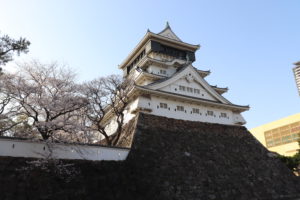Japanese Castle
Long ago Japan was divided into many small provinces. The lords of each province fought to
take each other’s territory. Castles were built by the lords to show off their power and control
their provinces. They were both residences and military bases.
They were made of wood, but used various defensive devices for protection. For example,
moats were built around some castles. In fact, moats around the Imperial Palace in Tokyo,
which used to be Edo Castle, are still preserved.
|
|
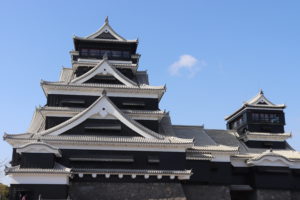 |
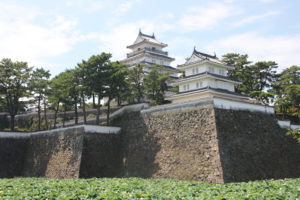 |
Additionally, many castles were built on plateaus or hills. The slopes were then steepened,
making them difficult for enemies to climb. In some castles the grounds from the gate to
main building were designed like a maze to confuse enemies.
The main castle building is usually in the center and is called the Tensyukaku (Castle tower).
They are tall and magnificent structure. The loads and their immediate servants lived in the
Tensyukaku.
Kumamoto Castle
One of the three great castles along with Nagoya Castle and Osaka Castle and one of the
100 best places in Japan to view cherry blossoms. The current castle was built in 1601 by
Kiyomasa Kato, a great commander and took 7 years to complete. The 980,000-square-meter
premises are dotted with many memorable view such as donjons, turrets, turret gates, castle
gates and long fences.
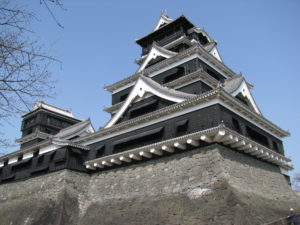 |
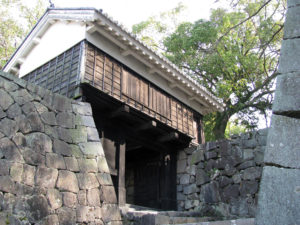 |
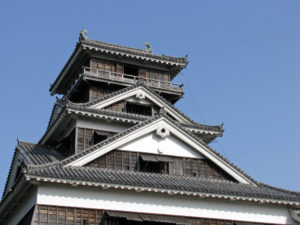 |
Suddenly, without any prediction, the series of Earthquakes including magnitude 7.0 main
shock which struck in April 2016 beneath Kumamoto-city. Then severe damages occurred
Kumamoto prefecture including Kumamoto Castle.
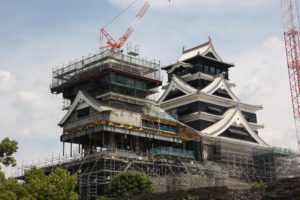 |
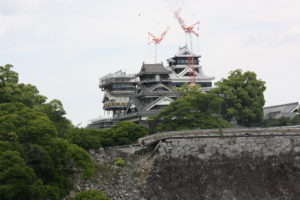 |
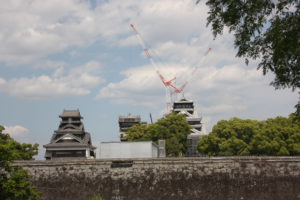 |
Kumamoto Castle sustained damage to its roof and exterior buildings and walls because
of the earthquakes and associated aftershocks. Several of the castle’s shachihoko
ornaments were destroyed, and a large number of kawara tiles also fell from the roof.
Now the restoration activities are being performed as fast as possible.
Shimabara Castle
Shimabara Castle, is located in Shimabara and was built in 1625 by the feudal load
Matsukura Shigemasa, who was regarded as a master of castle building. The castle,
which took 7 years to complete, is also known as “Moritake Castle”.
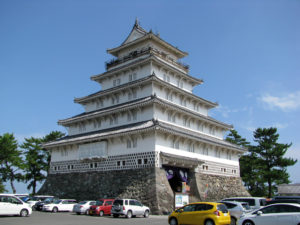 |
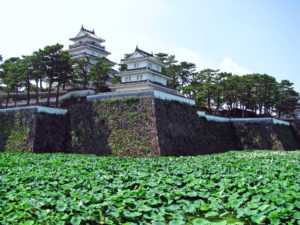 |
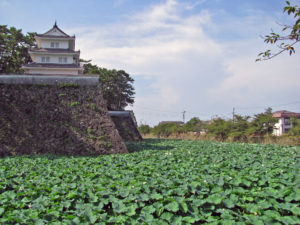 |
It was an almost rectangular flatland castle built in the Renkaku-style. Also, it was a superb
example of a castle where three layered yagura turrets were placed at strategic points
around the five-layered donjon which was influenced by the architectural style of the
Azuchi-Momoyama period.
Through it was demolished in 1874 during Meiji Restoration, west turret called
“Nishi-no-yagura” was first restored in 1960 and the donjon was restored in 1964. In the
castle, the Christianity Museum has been established. Many Christian historical materials,
local collection, and ethnic collections are exhibited in the museum.
Kokura Castle
Kokura was the transportation hub from Honshu and all areas of Kyushu during Edo
period from 17th to 19th century. The Castle town was constructed in the Kokura and
Kokura Castle was build in 1602 and spent 7 years construction at the north side of
Kokura facing to Kanmon strait and next to Murasaki river.
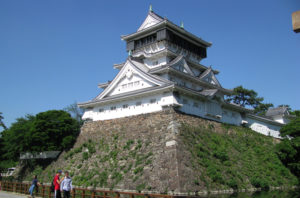 |
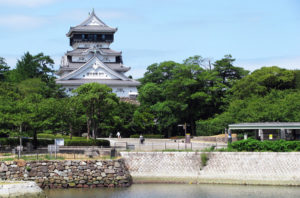 |
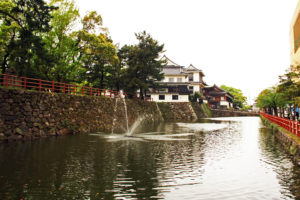 |
The height of Castle tower is 6th tallest in Japan after Himeji Castle.
The castle had a fivefold and six layered donjon and it was built in the architectural
style called “Kara-zukuri”.
Fukuoka Castle Ruins
Fukuoka Castle was built by feudal lord Nagamasa Kuroda in Fukuoka-city in 1601 and was
called Maizuru castle. Part of stone wall and canal, and the Tamon tower are still left intact as
they were back then.
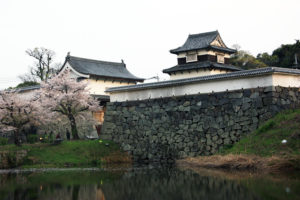 |
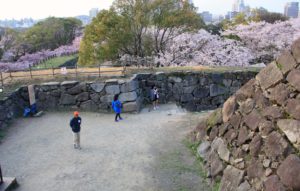 |
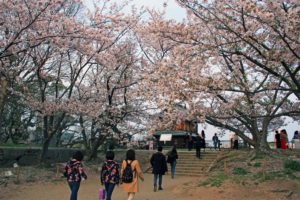 |
There is also a nice view of the city from the former main citadel. Parts of the castle’s former moats
were used to construct nearby Ohori koen Park, a pleasant and picturesque public city park.
At the present, the area around the ruins of Castle is also part of Maizuru park. The place is
famous for its beautiful plum and cherry blossoms.
Karatsu Castle
Karatsu Castle is called Dancing Crane Castle. Karatsu Castle was built in 1608. This castle
is located facing the sea and is situated in the northern part of Karatsu-city.
It resembles the figure of a bird with its wings spread wide as there is a pine grove extending
left to right and because its donjon is thought to look like the head of a crane.
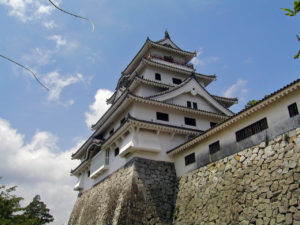 |
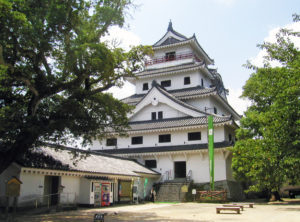 |
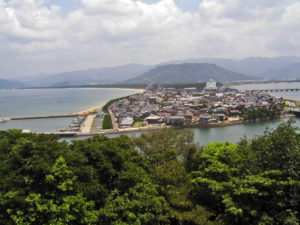 |
In spring, the 500 cherry trees and the Wisteria flowers in Karatsu, designated a product of
nature by the city, are in full bloom.
Hirado Castle
Stands on a hill guarding Hirado Port and the Hirado Strait, which used to be part of an
important trade route between Japan and the Asian mainland. The original fortress was
built in 1599 by the local Matsura Lord; however, he destroyed the structure after fighting
the Tokugawa on the losing side of the Battle of Sekigahara as a gesture of loyalty to the
victor. The Matsura Clan continued ruling Hirado for the next two and a half centuries.
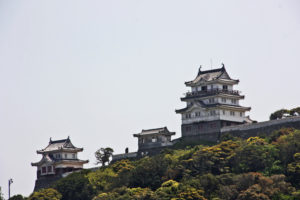 |
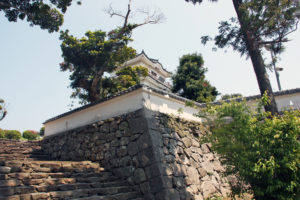 |
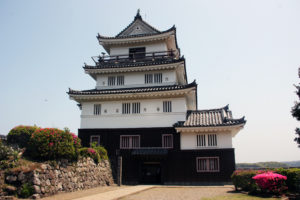 |
A new castle, also known as Kameoka Castle was built on the site a hundred years
later in 1718 as part of the coastal defences erected during Japan’s self imposed seclusio
in the Edo Period. This structure stood for over 150 years, but eventually fell into disrepair
and was dismantled during the Meiji Period.
Obi Castle Ruin
Obi Castle Ruin is located in Miyazaki-prefecture.
The moss-covered stone walls, broad stone steps in front of the Ote-mon main gate,
moat ruin, and old samurai residences all bring back the past. The Matsuo-no-Maru
residence and Ote-mon have been reconstructed using the treasured Obi cedar wood.
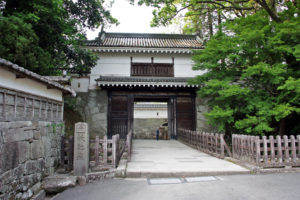 |
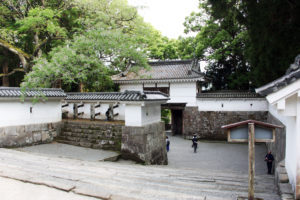 |
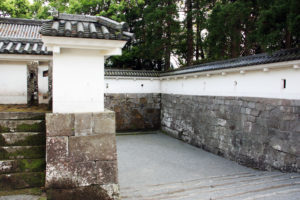 |
The land centering around the Obi Castle is designated as one of the nation’s Preservation
Districts for Groups of Historic buildings.

